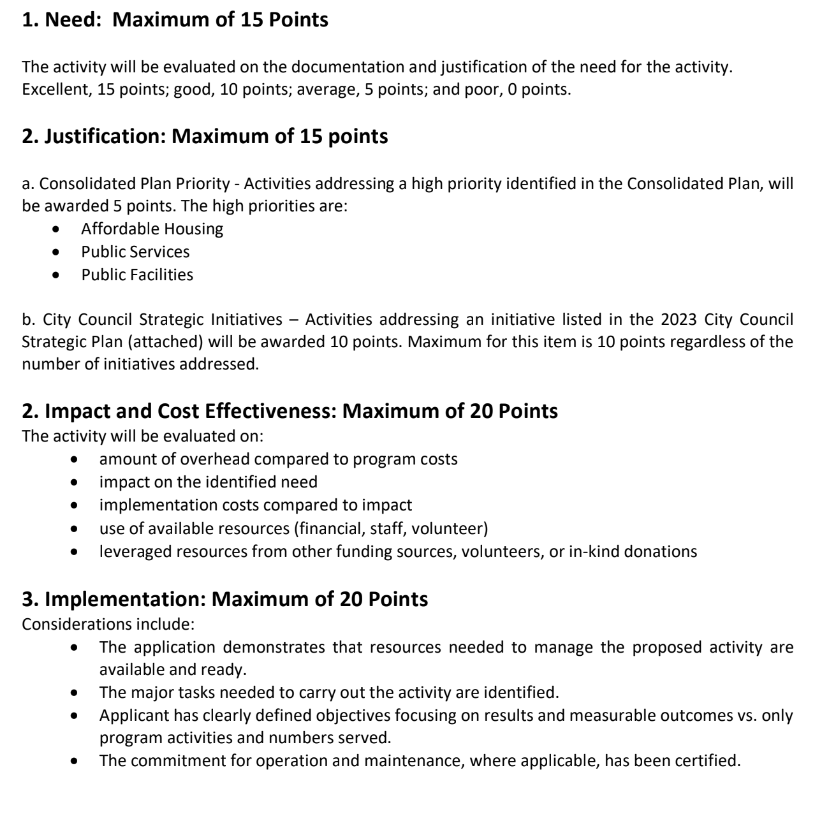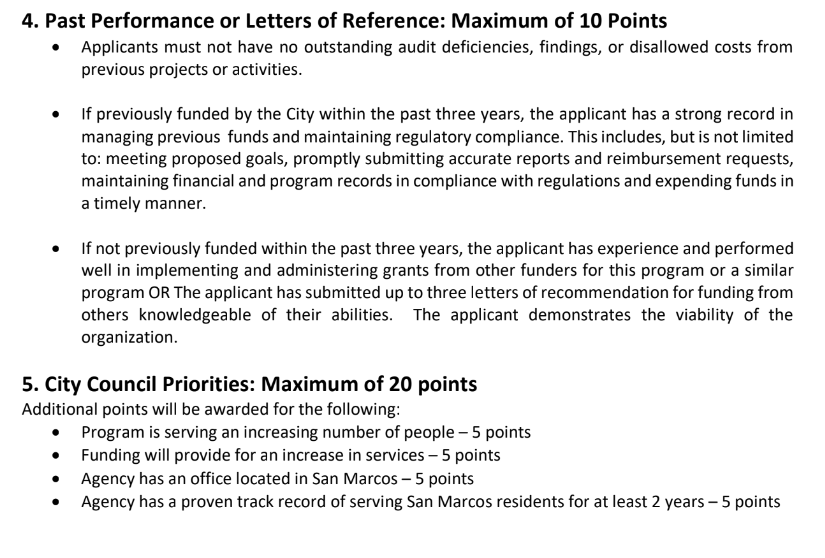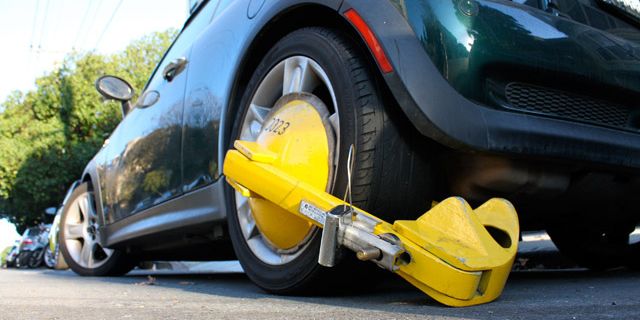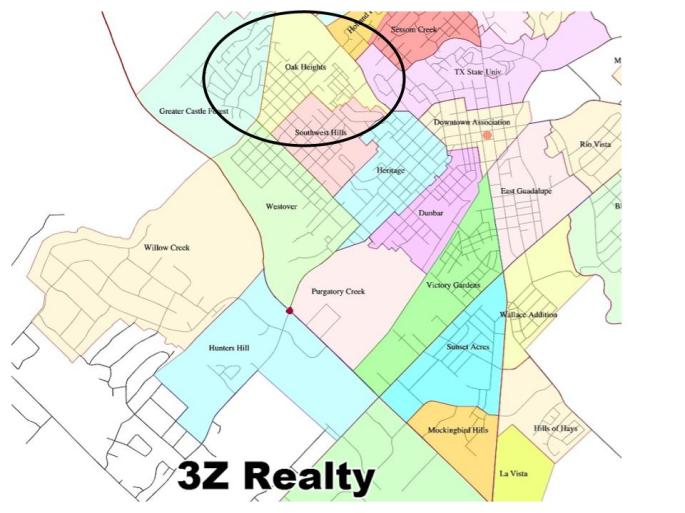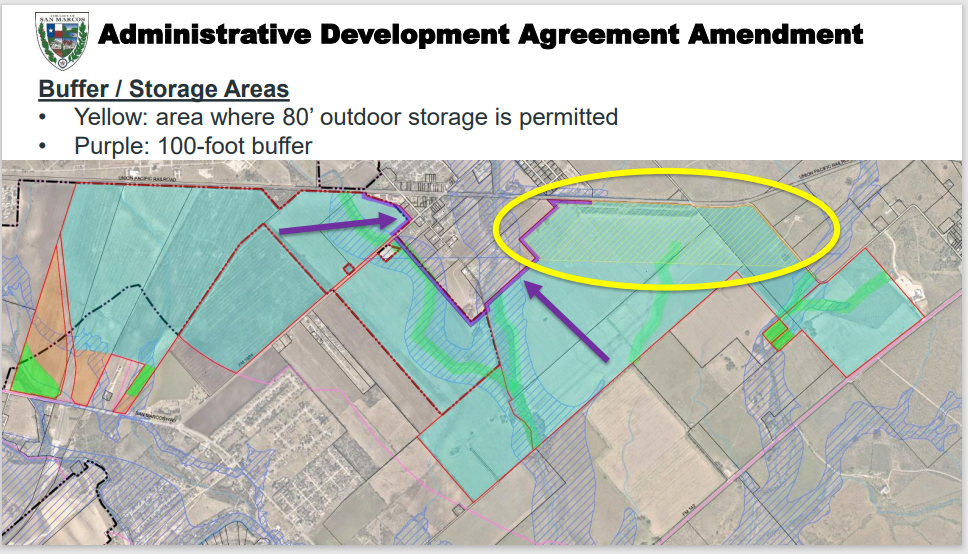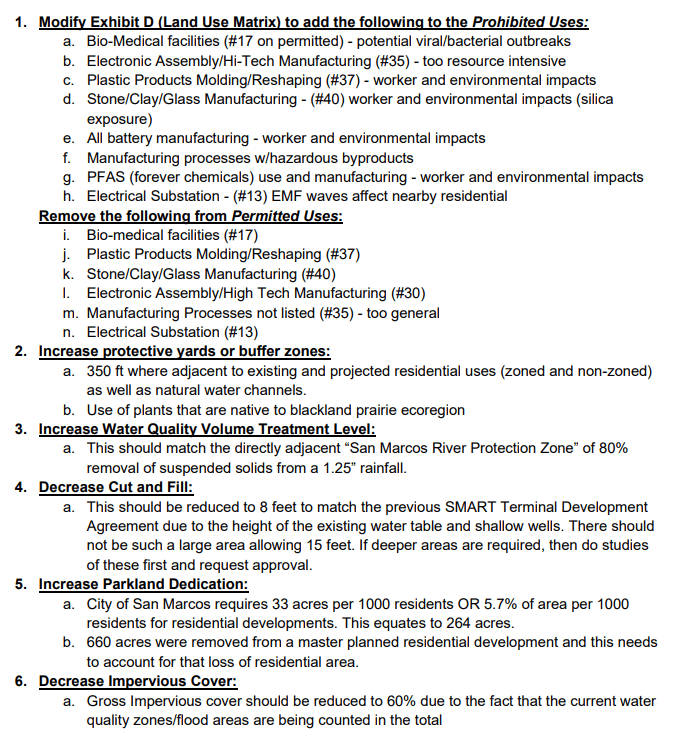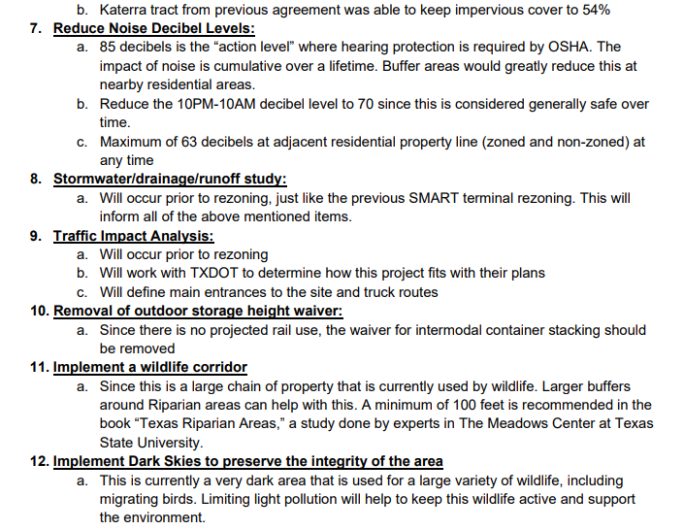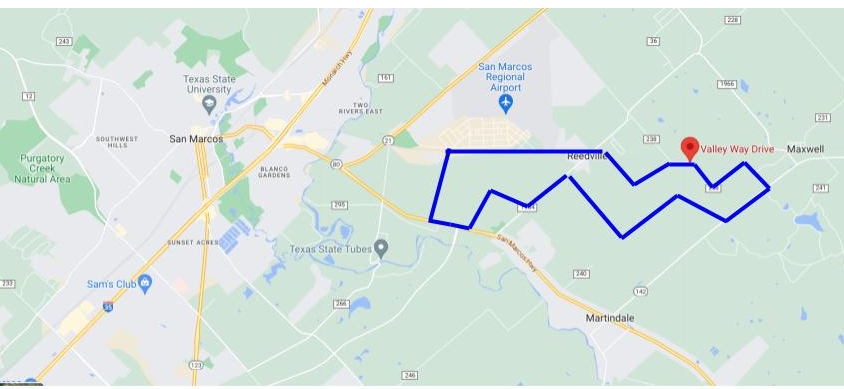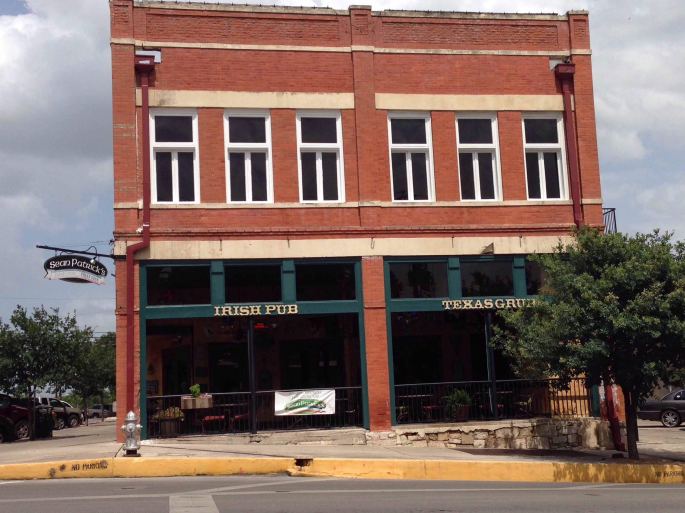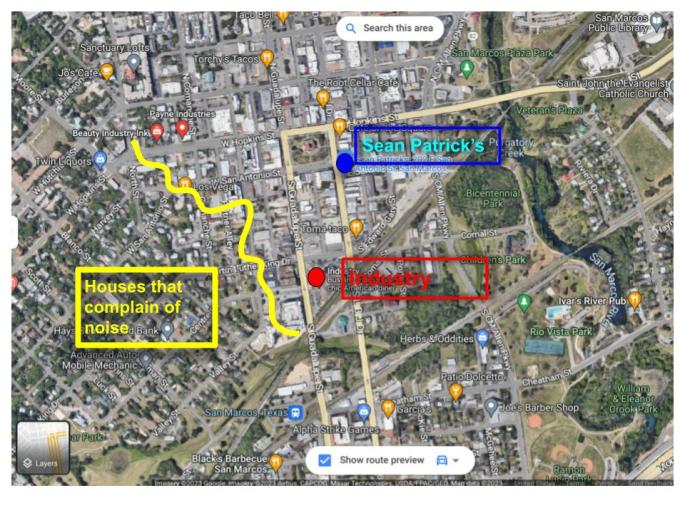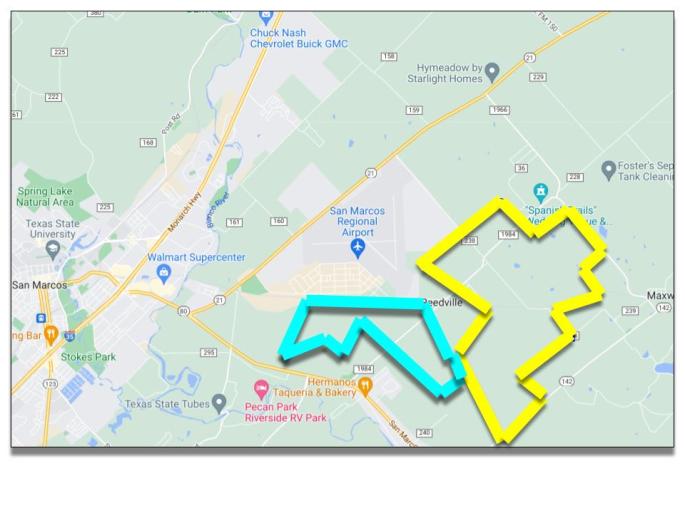Yowza, you guys. Most of this meeting was Citizen Comments. There were two full hours of citizen comments on Tuesday. A total of 40 speakers. Plus an additional 3 speakers at the 3 pm meeting.
So we are going to park it at Citizen Comment and unpack all this.
Topic 1: Malachi Williams.
We’re going to start with the most heartbreaking part, which is that the family of Malachi Williams spoke to council. I cannot do it justice – you should go listen yourself. Here’s the video.
– Malachi’s grandfather speaks first, at 1:25:40
– His older sister, at 1:29
– His mother at 1:31
– His younger sister at 1:36
– His aunt at 1:38:30
– His third sister at 1:58
– His grandfather also spoke at the 3 pm workshop, here at 11:30.
You should definitely believe that Malachi Williams came from an incredibly loving, supportive family who is devastated by this loss. They are desperate for some answers.
So what do we know?
Malachi Williams was a 22 year old who was killed by cops on April 11th, 2024. You can read the basic facts here.
Here’s a video of Chief Standridge explaining the SMPD side. There is a transcript at the YT video, if you don’t feel like watching
The family has three requests:
- Release the name and badge of the officer
- Take the officer off duty until the investigation is complete
- Let the family and their lawyer watch the bodycam videos, as well as gas station and HEB footage.
These are really reasonable. In the video, Chief Standridge has a big long thing about how legally, the videos are evidence, and so they can’t be released publicly until after the grand jury and/or trials play itself out. But the family is not asking him to publicly release the videos – they’re asking for family and a lawyer to see them.
The family’s comments are beautiful and heartbreaking. They’re an extremely close family. They just need answers so that they can begin processing this enormous loss.
The rest of us will not know what happened for a long time. (But look: a knife is not a gun. He was armed with two large kitchen knives. I have questions about how exactly Malachi could be close enough to pose an immediate risk to someone else, and yet it was safe to fire a gun at him.)
About 20 of the other speakers talked about Malachi Williams and called on Council for justice.
Topic 2: Ceasefire in Gaza.
There were 32 speakers calling on Council to pass a resolution calling for a ceasefire in Gaza. (Most of these speakers were also the same ones who talked about about Malachi Williams, and they connected these two topics under the same umbrella of state violence against civilians.)
There’s been some drama, because this appeared on the rough draft of the council agenda:

But then it was not on the final agenda, because Shane Scott withdrew his support. (It takes two council members, or the mayor alone, to put something on the agenda.)
Lots of speakers say that Shane withdrew his support due to a threat of some sort? Maybe! Or maybe he just didn’t feel like being in the hot seat. Who knows.
Anyway, 32 speakers is a LOT of speakers. The resolution for a ceasefire has been coming up for months – here, here, here, here, and here – but not this many speakers. Obviously this connects with the mounting protests at Columbia, University of Texas, USC, and so on.
And look, the protests are actually paying off. Biden has paused two shipments of bombs to Israel over the invasion of Rafah. Biden is slowly hardening on Israel. (He’s going too slowly for me to stomach, but he’s miles away from how Abbot or Trump would handle it. They would escalate the destruction of Palestine to armageddon levels. )
Look, we’ve got a governor who is actively supporting Israel in a number of ways.
- Literally visited Israel during the war
- Sending DPS to student protests
- Ban on state contracts with anyone who boycotts Israel
This ceasefire resolution is a municipal issue because city councils can amplify the voices of their community. This resolution would send a message to Abbott (which he would ignore) and a smaller message to Biden (which he seems to be responding to). So c’mon, Council, get your act together.
Topic #3: Miscellaneous
Finally, there were a few other topics:
- The need for more teen programming in San Marcos
- A great comment about “bro-dozers”. I love this one. You know the guys that rev their engines through town and startle you into spilling your drink, if you weren’t expecting it?
The speaker has an apartment on Hopkins, and so he got himself a decibel reader. When the bros rev their engines, it’s 90-95 decibels in his apartment.
We actually have a noise ordinance against vehicles!

But see, it only covers music coming from the vehicle, and not the engine itself.
But consider:

Presto! Look how easy to fix!
City staff! File this away for the next round of code updates, please and thank you.
- Remember the SMART Terminal? Oh yes you do. (Brush up on it here, if you don’t.)
It was originally on the agenda for tonight as well:

But it got pushed back to a future meeting. (Franklin Mountain is the SMART/Axis company.)
Noah Brock and Annie Donovan were two of the main activist organizers last time. They’ve submitted a ton of open records requests. Here’s what they’re saying about this upcoming issue:
Franklin-Mountain is apparently getting mad at Caldwell County, because Caldwell County doesn’t let developers do whatever the hell they want. Caldwell County requires all these planning documents up front, such as:
- Subdivision plan
- Water Protection Plan
- Phase Development Plan
- Traffic Impact Analysis
- and more!
before they’ll process Franklin-Mountain’s application.
Whereas we were all ready to let the developer pinky-swear to be good-hearted, and we’d sign over all rights to do anything they wanted. We didn’t require any of those!
So here, the developer is moving roads around, in ways that seem to violate their good-neighbor promises. This roadway doesn’t match anything they’ve claimed up till now. This annexation seems like it would not benefit San Marcos in any way, but it would off-load costs onto the city.
Stay tuned! This might be on the agenda at the May 21st meeting.
- Virginia Parker speaks again about the drought triggers passed last time, and asks if there’s any way to revise it.
- One speaker talks about Purpose Built Student Housing, and has a number of recommendations to address tenants’ rights. Things like increased funding for code enforcement, a right to resolve late payments before evictions, a right to a public defender, just cause evictions, and no-net-loss housing ordinances.
Texas is very pro-landlord, so it would take some research to figure out what’s legal to do here, but I generally support all action in this direction!



